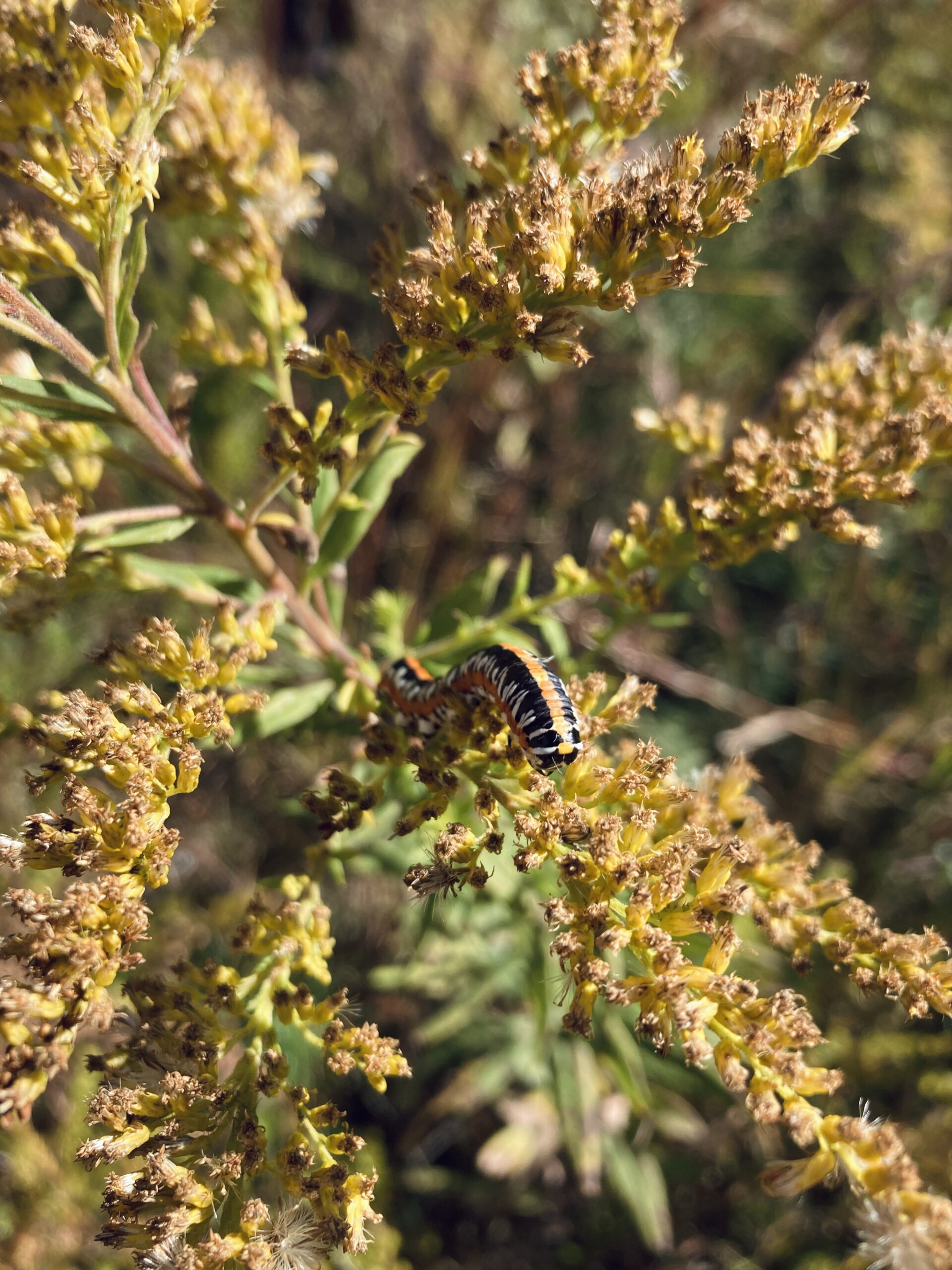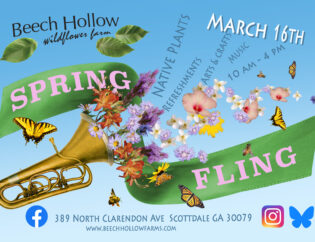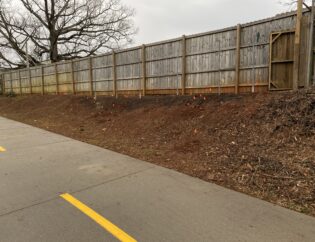
Again with the grasslands!
Last week Carly, Kelton, and I went hiking through a grassland in the Chattahoochee National Forest. Grasses and goldenrod waved and shuddered in every breeze. As we stepped through the tall grasses, grass hoppers as big as hummingbirds would flip out of our path and dive into the next bunch of grass forty feet away. There were plenty of birds - they sang all day long. Carly saw White Eyed Vireos, Song Sparrows, Phoebes, Gnatcatchers, Pine Warblers, Brown Headed Nuthatch, and Northern Parula.
Why are there so many birds here?
Because there is a wealth of seeds to eat, insects to munch on or hunt, and habitat for sheltering.

American grasslands are filled with the textures of beautiful grasses: Little Bluestem, Schizacharium scoparium, Indian Grass, Sorghastrum nutans, and Panic Grass, Panicum virgatum, and Erianthus alopecuroides, Silver Plume grass. The species that we are wandering through in these pictures is Erianthus alopecuroides, Silver Plume Grass.

Our native Plume grasses, are glorious during the summer months, and when they bloom. In the fall, Plume grasses show off tall, elegant stalks topped with the silky plumes that give them their name. During winter months, Plume grasses give the landscape a delicate and timeless structure.
Their round seeds provide an important food for wildlife. Look at the fall color on those long stems. The seeds of Plume grass are grains, and they are round, fat, and basically they look like really good bird food, something you might put in a bird feeder, but there's no need, the birds can get it right where it is.

If you look back up at the top picture, in the near distance, you will see Goldenrods cutting a big swath of the fall flowering plants across the breadth of the prairie. Wherever there was goldenrod blooming there were native bees bustling and buzzing, collecting nectar and pollen. We were surrounded by several species. There was the petitie Gray Goldenrod, Solidago nemoralis, which is a drought tolerant species whose leaves are covered with tough, tiny whitish bristles. This gives the plant’s leaves an ashy green color. Hairs, trichomes, & bristles, are a few of the traits displayed in plants living in harsh environments. The hairs may help both shield tender plant tissues from harsh sunlight, and help the plant hold onto precious moisture during the heat of summer months.
Above, Camphorweed Owlet Moth caterpillar, Cucullia alfarata, on a goldenrod. Looks like a bird snack to me!
The other species of Goldenrod blooming in this prairie are Downey Goldenrod, Solidago canescens, Rough Goldenrod, Solidago rugosa, and near the border of the woodland where the sun isn’t quite so hot, Anise Goldenrod, Solidago odora. We had a beautiful day out in the sun, botanizing and helping a friend who had a permit collect seeds.









